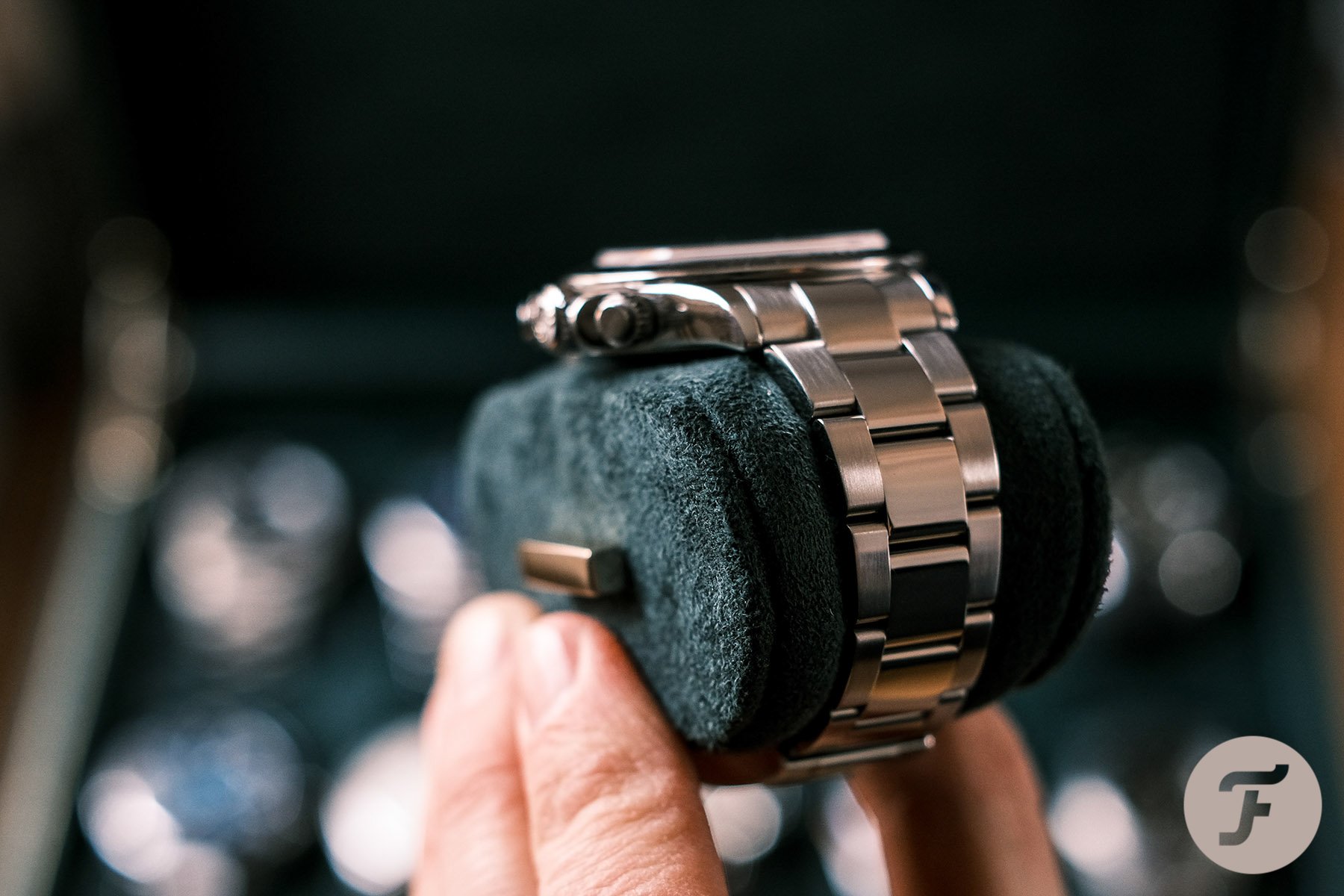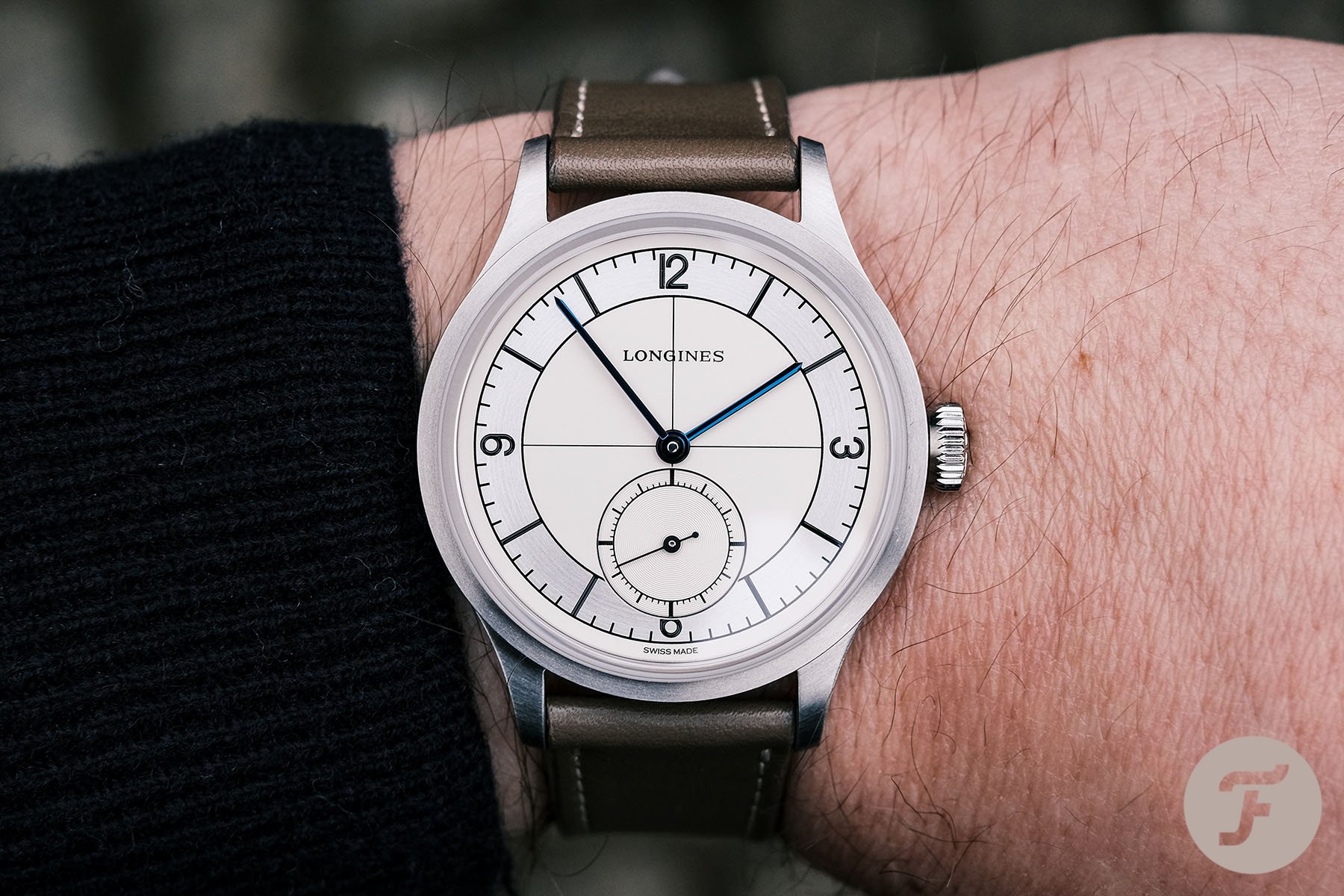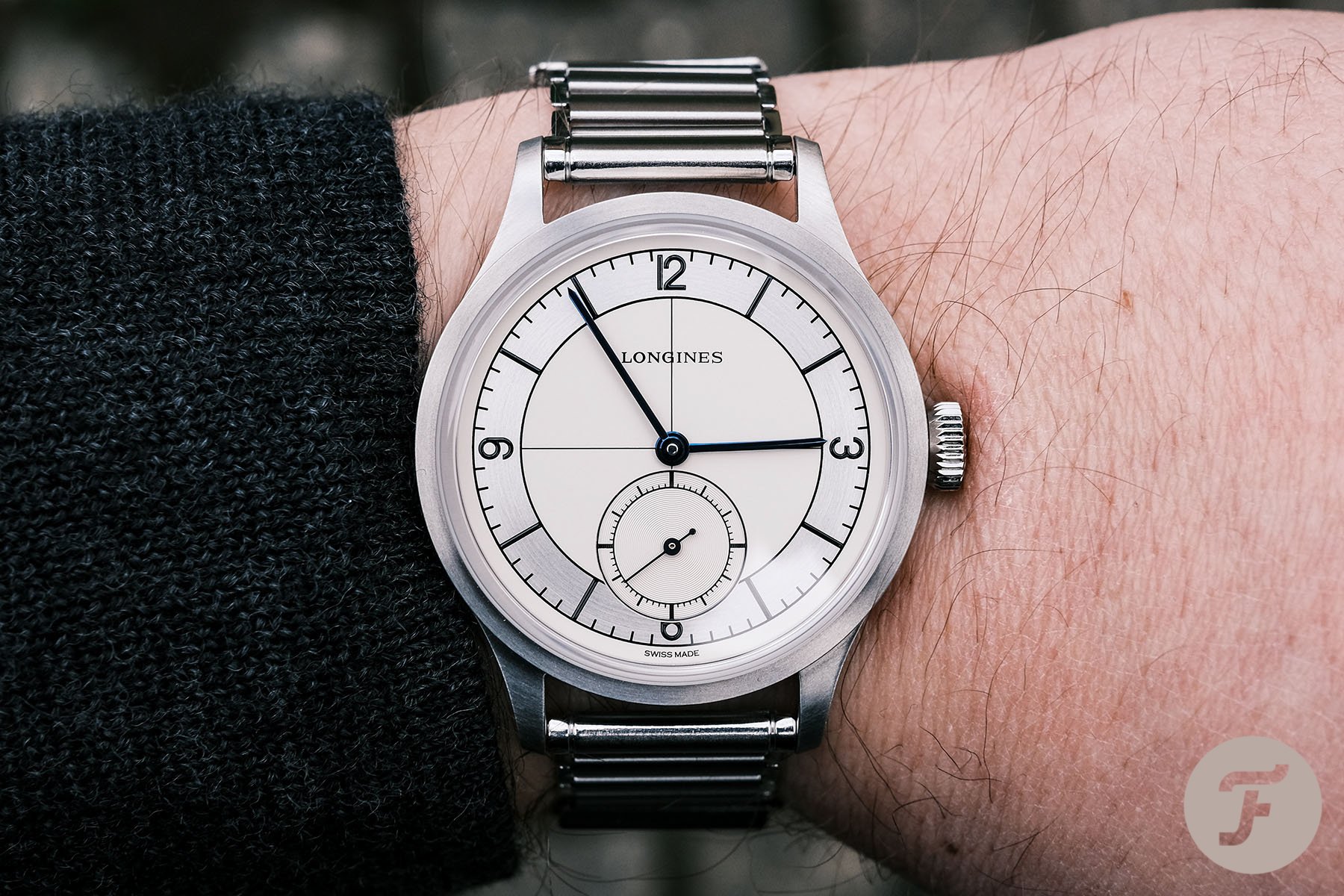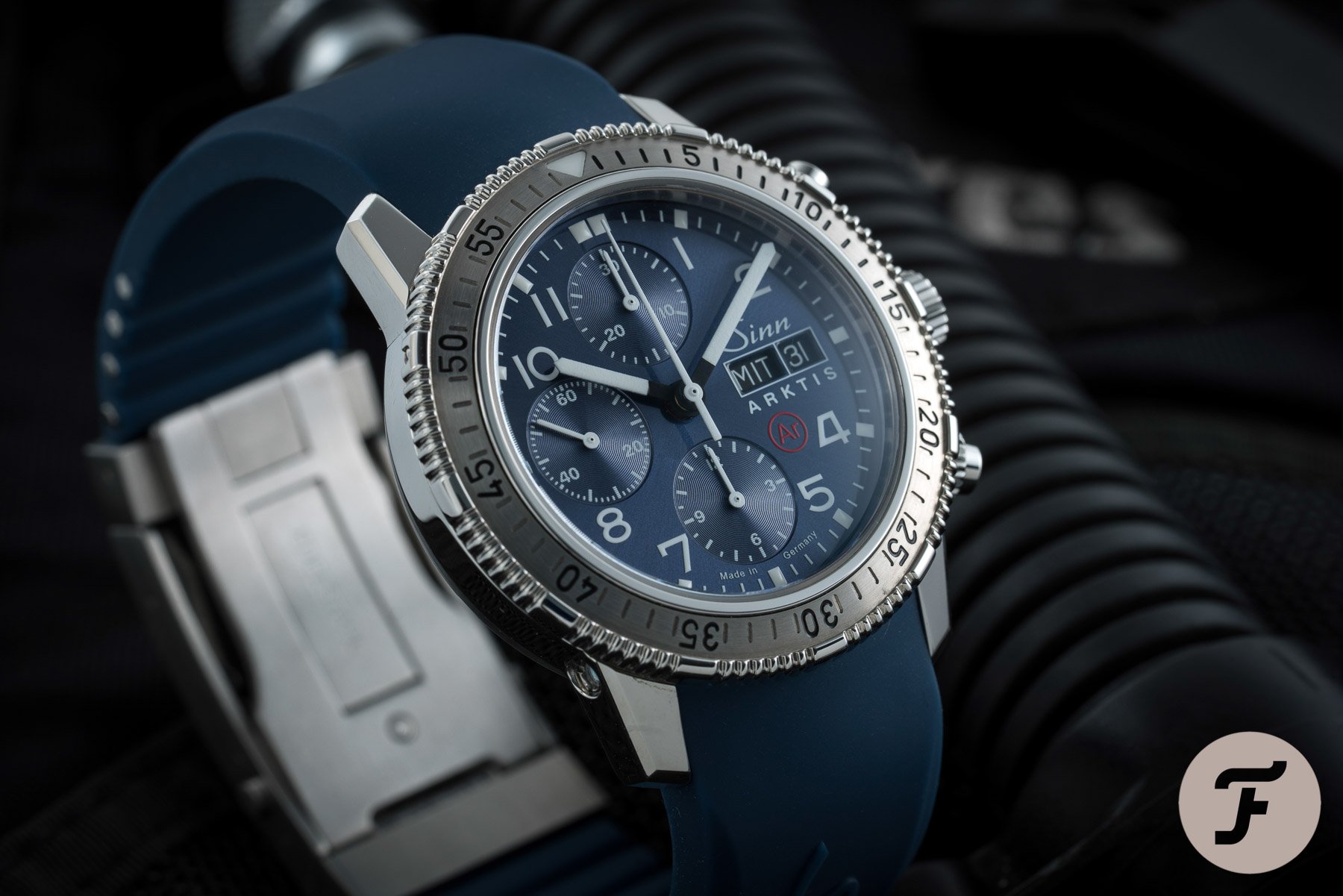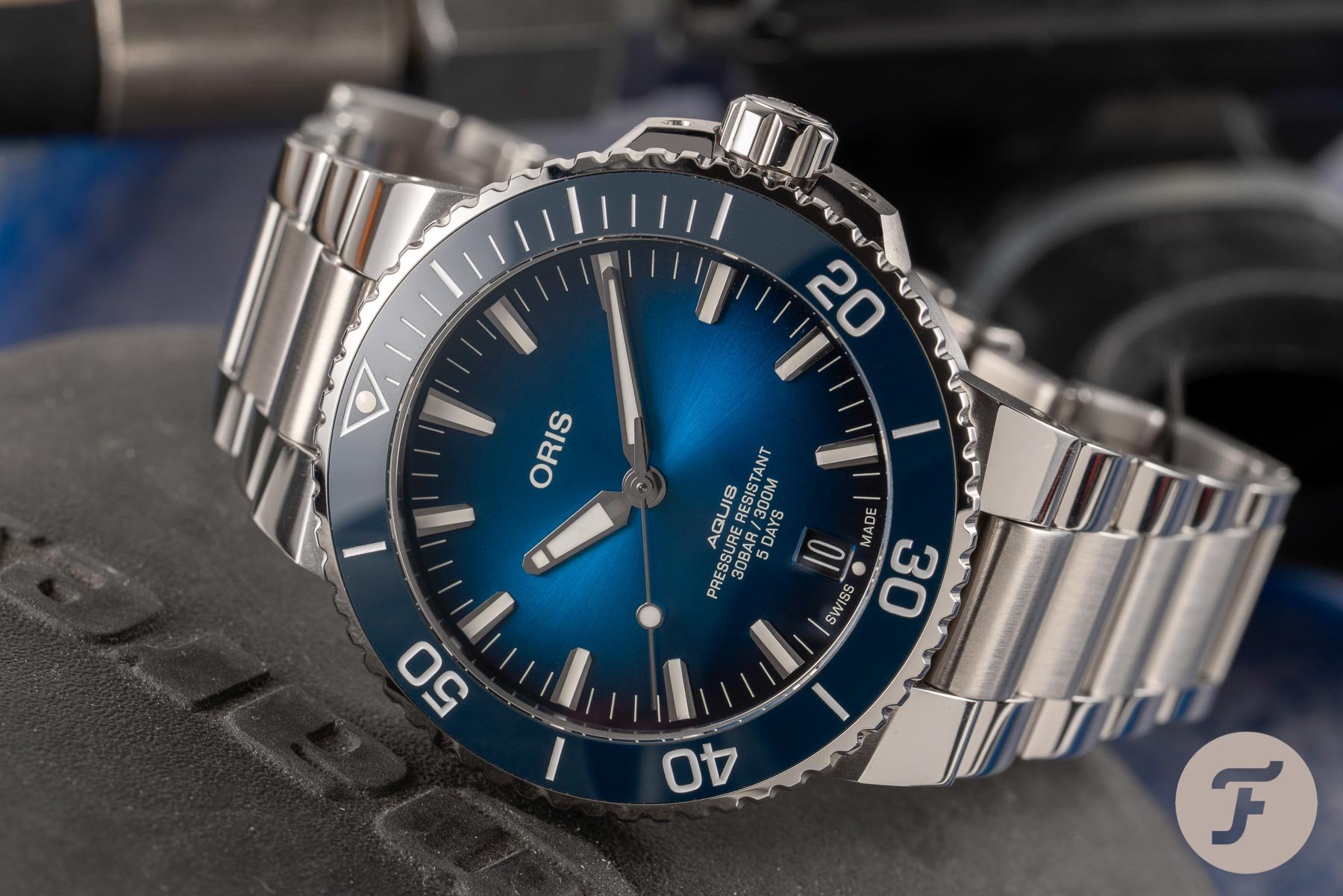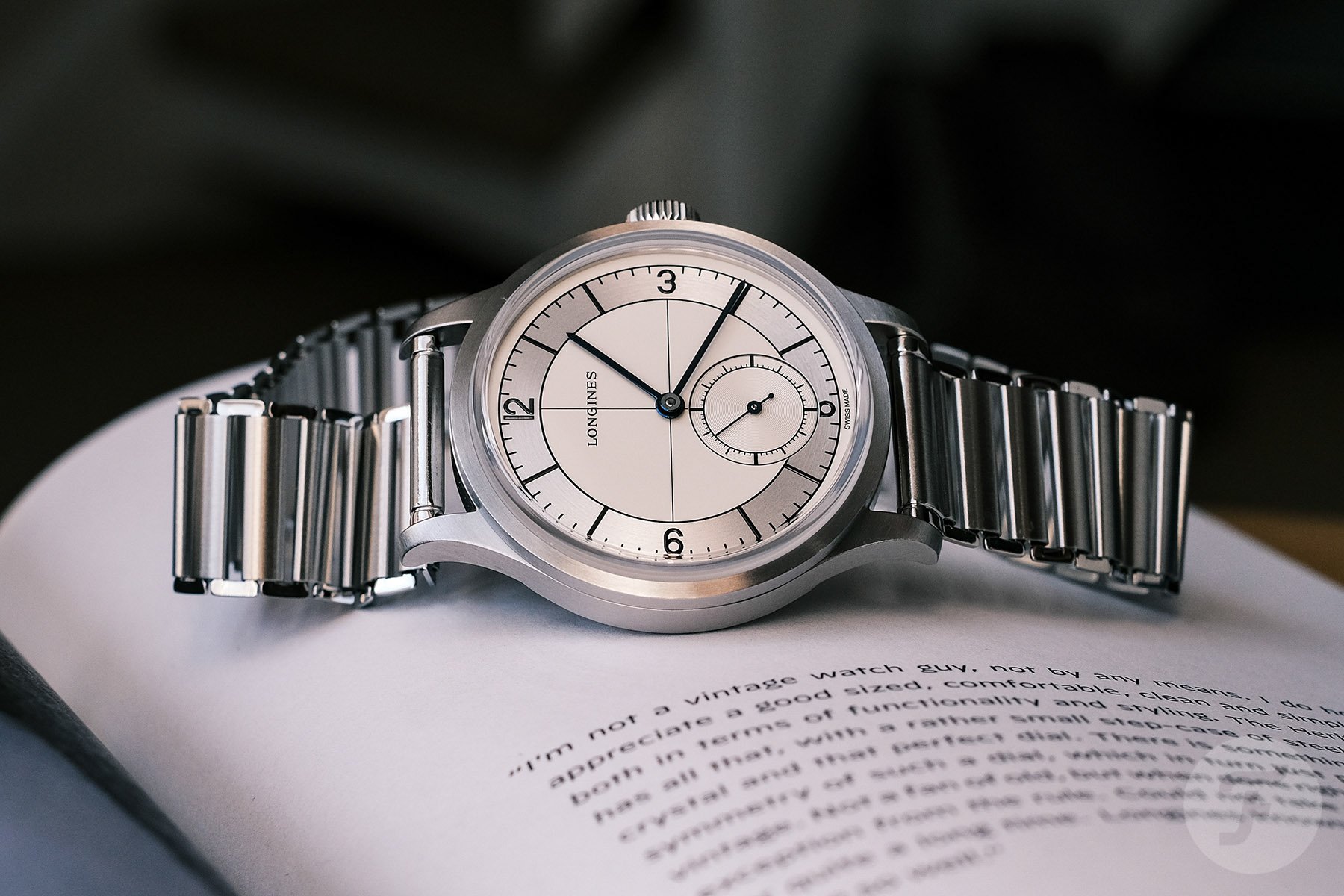How To Start A Watch Collection With €10,000: Ben’s Top Three Picks from Oris, Sinn, And Longines
With Nacho having kicked off this series with his picks, it’s now my turn to select three watches within a €10K budget. In all honesty, I was struggling with this concept. For me, the desire for a particular watch comes first, and how I budget for it is a secondary thought — it’s heart over mind. I’m keen to know if any of our readers have five figures set aside expressly for jump-starting a respectable watch collection. In my experience, watch collecting was a journey with a bumpy start and full of mistakes. I’m probably still making those mistakes now but learning a little more each time. For some, it’s too much risk to make a costly mistake. So, rather than deterring the curious from this cozy community, my approach is to help lessen the blow for would-be buyers.
Luckily, Robert-Jan Broer has agreed to personally fund each editor with €10K to add some realism to the concept. Wait, what’s that RJ? “Jog on,” you say? Well, it was worth a try. I’m afraid this series installment remains theoretical. Despite that, I’ve decided to self-impose some parameters for my watch choices. The first rule is simple: I cannot select Nacho’s brands from last week. No doubt, Nacho made some fantastic (pretend) watch purchases with his €10K. Part of me regrets not going first, as NOMOS was my immediate reaction to this budget. A NOMOS Zürich Weltzeit was one of my earliest automatic timepieces — and not one of my mistakes. Nonetheless, NOMOS is not one of my three. That said, I don’t expect our other editors to maintain this rule.
Laying down some ground rules for a watch collection
The following rule is looser in that each watch model must lean towards one of the main categories, similar to Nacho’s list. Be it dress, dive, sport, or otherwise, each choice needs to have tendencies to one genre. Lastly, my three options need to be window watches. Window watches are those you could see in a display window, walk into the shop and request, and walk out with on your wrist — following a legitimate transaction, of course. I only use this as an analogy as I include online purchases, but you get the gist; it’s all about availability. All these rules aid our readers in diversifying the choices and making the theory a reality. Without further ado, let’s get to my picks.
The dress watch: Longines Heritage Classic — €2,160
My first watch pushes towards the dressy territory. Fresh off my article lamenting the loss of the sector-dial JLC Master Control series is another one. Hey, what can I say? I am hot for sector dials at the moment. Unlike the JLC I missed out on, the Longines Heritage Classic is a watch I previously owned. So, if I sold it, why did I move it on? I’ll get to that in a bit. Firstly, Longines, in general, makes accessibly priced watches with mechanical movements. Though the brand is well known for its movement-manufacturing heyday of the late 19th and early 20th centuries, these days, Longines uses almost exclusively ETA calibers.
Nevertheless, Longines offers a lot of watch for the money. As it should; Longines is a powerhouse that produces upwards of two million watches per year. The economies of scale doubtlessly drop the price, allowing for an obtainable level of luxury.
However, great value does not compromise great design, as the Longines Heritage Classic is beautiful. The sector hour-and-minute track bridge the gap between the brushed steel bezel and the off-white crosshair inner dial. Unlike the Heritage 1945 from 2017 that was overly polished, this 38.5mm case is brushed on the lugs and the case band. As a time-only piece, the elegance of a dress watch shines through, elevating your appreciation for simple yet effective design. Opening your eyes to the pureness of watch design is a stepping-stone to additional functions and features, but learning to love a classic layout is a good start.
Why let such a good thing go?
Going back to why I let it go, it was ironically down to timing. I had just purchased my next house, a little over budget, and unfortunately, nothing was sacred. Well, there were at least six watches that remained, but they all had been with me longer than the six months I owned the Heritage Classic. Since selling it, I’ve seen my collection grow again, and I am tempted to bring the Longines back to the fray. But for now, this is a solid recommendation for kick-starting any collection. Longines also has high-street recognizability and heritage that crosses over to public consciousness. But mostly, the Heritage is a good learning experience for swapping straps and nailing the technique. While the 19mm lug width reduces the aftermarket strap options, there is plenty of space to work with a strap-changing tool and refresh the overall look.
Changing straps might be more necessary than it seems, as the blue suede and pass-through textile strap that came with my model were not to my liking. In an instant, I swapped to the Hodinkee smooth taupe calfskin, also 19mm wide. Later on came the Forstner Klip that perfectly complements the Longines Heritage Classic and looks just as great on it as it does on Daan’s Oris.
The chronograph: Sinn 206 Arktis II — €3,750 + €120 shipping
I include my first online purchase in this list, and there’s a good reason for this. Many inexperienced watch buyers can feel overwhelmed in a watch shop. As warm and welcoming as some sales consultants can be, there can be no escaping low self-esteem when entering a plush luxury boutique. I can say this, as these were my feelings several years ago. “Am I wearing nice-enough shoes?” “Will I be found out for not knowing anything about watches?” “Will I be laughed out of the shop for wearing a Seiko while asking to look at a Richard Mille?” The reality is a resounding no, but it’s understandable to feel this way. That’s why modern conveniences in remote purchasing can be a gentle way of getting into the hobby in privacy. However, not all brands have an e-boutique. That is unless you are Sinn, who revels in direct-to-consumer sales.
The Sinn allows you to operate the pushers underwater.
Sure, you can venture out to Sinn’s Frankfurt am Main factory store or find a tiny glass booth in a multi-brand showroom. But online is king in Sinn’s world. There are many tool watches available, but my next selection is the 206 Arktis II chronograph. Since Sunday Morning Showdown, I still keep thinking about this watch and wonder how I don’t own one. Importantly, it’s a good way of understanding the importance of the automatic chronograph to watchmaking. Never mind that this is once again an ETA caliber, specifically the indomitable Valjoux 7750; the Sinn brings innovation in other areas. Namely, the case and crystal with Ar-Dehumidifying technology — essentially, a gas that withstands extreme temperatures on either end of the scale. The upshot of this construction is the ability to use the chronograph pushers underwater — a plus for those unfamiliar with chronographs and their limitations.
The diver: Oris Aquis Date Calibre 400 — €3,000
By including the maximum shipping costs of the Sinn above, I now have roughly €4K to play with. I know that is a decent amount of money, but it’s a highly competitive arena for sports watches. I’ve resisted as hard as I could to think outside of Oris, but sometimes the obvious choice is obvious for a reason. With my €4K, I choose the Oris Aquis Calibre 400 on the steel bracelet. I’d go for the 43.5mm version for my wrist size, but the 41.5mm is a comfortable diameter for most wrists and has fewer lines of text on the dial. This dive watch is extremely robust and offers the full suite of credentials for underwater excursions. The Aquis also has a proprietary automatic movement with five days of power reserve.
It’s hard to resist a dive watch and its ability to withstand what life throws at it.
Calibre 400 has had some wearers returning watches for early servicing, but it is worth it over the lackluster 38-hour power reserve of the Sellita SW-200-powered version. Thomas put together a superb article on Oris and how the brand is one watch away from perfection. Spoiler alert — Thomas suggests the addition of an integrated bracelet. I’d argue the Aquis lug construction is already somewhat integral, which limits the Aquis to bespoke straps. But the OEM bracelet and rubber options more than make up for it. It’s hard to go wrong with a dive watch and its ability to withstand what life throws at it. You may not venture to the depths of the ocean, but you can still be safe in the knowledge of its capability. And the independent nature of Oris sets you on the path to the high-end indie brands from Moser to MB&F.
Starting a watch collection with €10K — Final thoughts
These are my three picks totaling €9,030. With around €1K remaining, I have enough to purchase watch boxes, travel pouches, spare straps, the Forstner Klip for $125, and various tools for removing spring bars and links. Thankfully, the Aquis has a quick-release clip for the rubber strap and bracelet end links. An Omega Speedmaster is undoubtedly my go-to option within this price range, but it blows €6,600 of the budget. And of course, Nacho already nabbed a Seamaster Diver 300M in his picks. What do you think of my three-watch starter collection? Any alternatives I could’ve gone for? Let me know in the comments!

